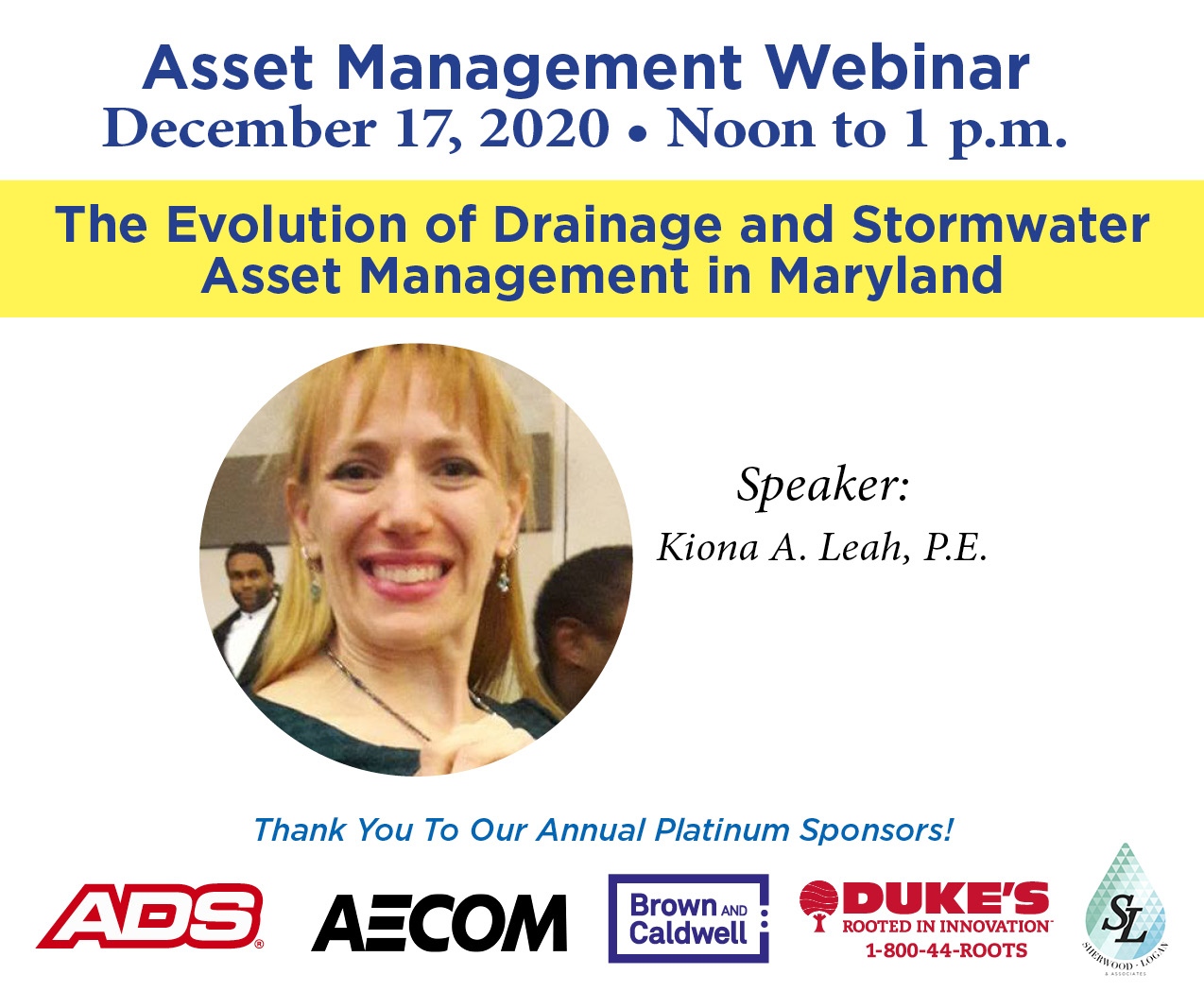DEC 17: Asset Management Webinar


Description: Drainage and Stormwater Management (SWM) Assets have a rich history at the Maryland DOT at State Highway Administration. Drainage systems have always been a critical part of safetravel. In the 1980s the advent of stormwater management and flood control became part of designs creating some of the first large scale ponds near roadways. With the implementation ofincreasing inventory the Drainage Asset Management Program was created near the turn of the millennium. For about 15 years the program grew steadily as a leader in the industry. Creating forms, using available technology to inspect, gather and organize data and work on standard operating procedures. The implementation of the TMDL Grass Swale protocol the inventory of approximately 3,200 facilities exploded to over 8,500 in just 3 years. With the explosion of inventory to track and inspect it was necessary to do many technology and systemic upgrades. Gaps in the previously created procedures and reliance on one on one training of staff was not going to keep up with the demand of the needs. A more systemic and technology driven approach was going to be necessary to keep up with demands and regulations. Aspects of the program that were part of the focus on upgrading and systemization included the following:
- Inspections, upgrades to modern technology and resources
- Internal Prioritization Ratings, similar upgrades for technology
- Work Order Development, creation of a process and following with technology updates and continued development of templates for high efficiency in development. Also began development of inspection template and added technology.
- Operations and Maintenance Manuals, distribution to maintenance personnel followed by live presentations and cooperative meetings to look at technology upgrades and leverage of data set in the field.
- Advancements in the database and beginning efforts on updated file support and organization for all archived information.
This continuing effort involved coordination and collaboration across the team, offices and expertise of others. During the unprecedented current times that has paid off tremendously leaving the program in a more stable position to now leverage some of the information previously built to bring many of the consultant resources in house in order to keep the program moving forward even with tremendous budget limitations. Program management continues to look forward and keep plans for future improvements in mind while continuing to build learning tools for all to leverage into the future.